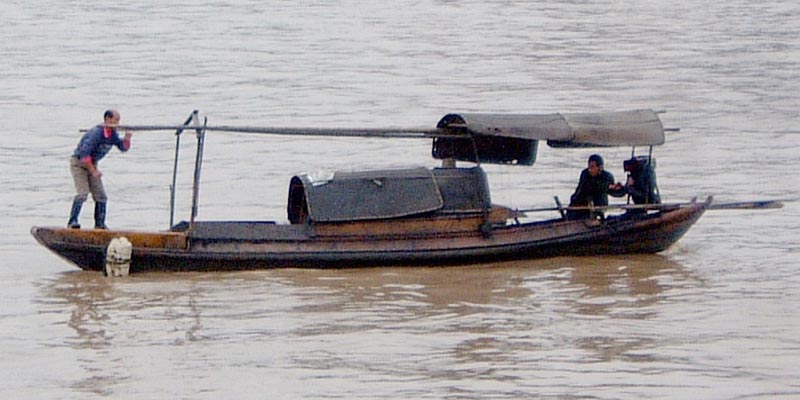Projects in Asia
As George Bass says, long before there were farmers, there were sailors, and Asia is probably the place of birth of the first sailors, which left that continent for Australia perhaps 50 thousand years ago.
Asia is a vast and diverse continent that was named from Europe, encompassing the Middle East in Classical times and all the landscapes of the silk road after the Middle Age. Without even a geographical border with Europe, Asian watercraft technically start in Anatolia and end in Siberia.

This section is intended as a place where researchers can share their projects and ideas on Asian watercraft, accomplished, ongoing, and planned.
